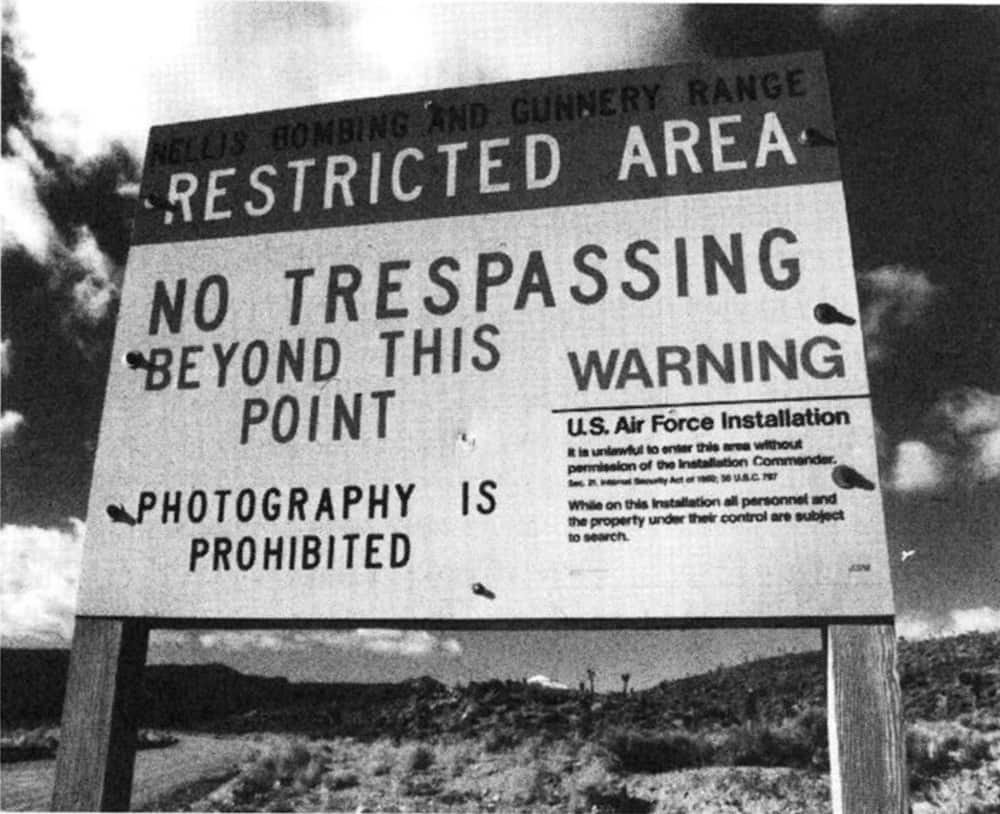An August, 1995 feature in High Times explored the mysterious Area 51.
Glenn Campbell stands atop a remote ridge in the desert of south-central Nevada. He peers through a high-powered telescope at a vast, dry lake bed in the distance below.
Through waves of heat distortion, Campbell’s telescope picks up an airfield. There are several large hangars, radar dishes, scattered warehouse-sized buildings, five 747s and what is believed to be the longest runway in the world.
To get to his remote perch, Campbell evaded electronic road sensors, which detect vehicles driving up to the ridge. He snuck by a Blackhawk helicopter and was followed by men in unmarked white jeeps who trained high-powered telephoto video cameras on his every move.
To Campbell, it’s all in a day’s work. A self-described “anti-PR person” who agitates against government secrecy, Campbell hopes to unveil the mysteries behind this distant airstrip, nestled just inside a restricted Air Force bombing range north of Las Vegas.
The 35-year-old retired software designer has authored a guide on how to outwit Air Force countersurveillance. Among his weapons is a portable radio scanner that picks up communications between the control tower and pilots. The pocket gizmo crackles with garbled aerospeak: altimeter readings, bearings, wind direction. “…Wind is out of the northwest, Watchdog is in effect.”
“The tower referred to Watchdog,” Campbell notes with glee. “That means they know there’s someone up here on the ridge, watching the airfield. All pilots going in and out of the base have to know they’re being watched.”
For 40 years, the dehydrated alkali basin known as Groom Lake has been the key test site for the war machine’s most secret airborne weapons. In this forgotten corner, the CIA and Air Force tested their most sensitive planes—from the U-2 spy …
Read More
Author: High Times / High Times






